Top 10 Beautiful Shrines to Visit in Osaka

Osaka is home to unique shrines such as Sumiyoshi Taisha, a historical shrine as old as Osaka City; Samuhara Shrine, believed to ward off evil; or Namba Yasaka Shrine, with its impressive gate. Read on to learn about ten of Osaka's most popular shrines.
Shrines and temples play an important role in the lives of people residing in Japan. Weddings and births are usually celebrated at shrines, while funerals and prayers for the afterlife are held at temples. For details on their roles and the differences between them, please refer to the article below:
In Osaka, you'll find plenty of shrines and temples. Shrines are often considered "power spots," filling visitors with positive energy. They are often sought by those who need to pray for good luck and blessings. Many shrines also provide amulets (omamori) for good luck and protection.
This article introduces ten of Osaka's most popular shrines, some even boasting a history as old as Osaka City!
1. Sumiyoshi Taisha
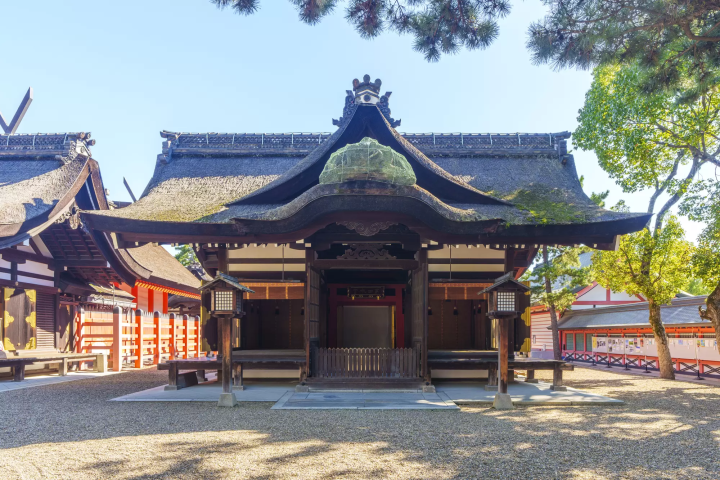
Photo by Pixta
Sumiyoshi Taisha in Osaka is the head shrine of the approximately 2,300 Sumiyoshi shrines across Japan. A popular destination for travelers visiting Osaka, especially during the New Year period, it attracts many worshippers.
The main hall features the first to the fourth main shrines and has been designated a national treasure due to the traditional Sumiyoshi-zukuri architectural style. The shrine enshrines four major deities, including the Sumiyoshi Sanjin (Three Sumiyoshi Deities), known as guardian gods of navigation. The shrine grounds also feature over 600 large stone lanterns dedicated by maritime transporters.
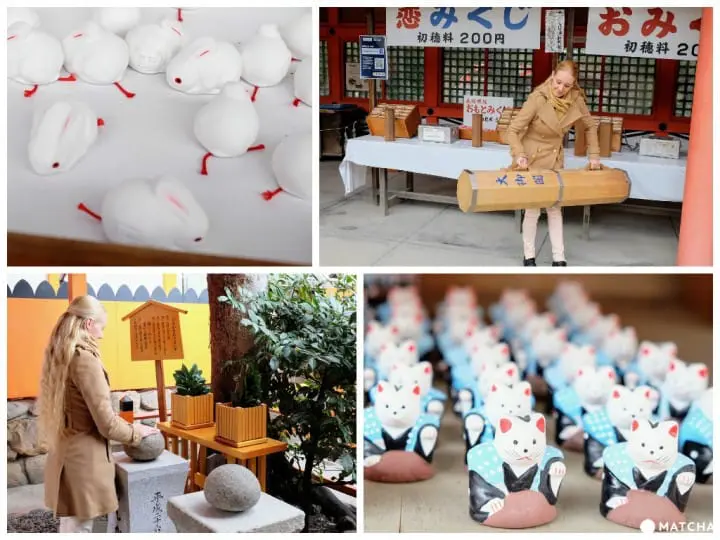
Within the shrine grounds, you'll find the famous "Hanbashi" (Taiko Bridge, or "Drum Bridge")—believed to ward off evil when crossed.
By touching the statue of the Sumiyoshi god fox in front of the fourth main hall, one can pray for the prevention of disasters and illnesses. The "Birth Stone" found here is also believed to bless a safe and smooth childbirth.
Visitors can also seek out small stones inscribed with the kanji characters for "five," "big," and "strength." Shrine-goers can also pray for the five powers of strength, intelligence, wealth, fortune, and longevity, ultimately making wishes come true.
Hotels near Settsukuni Ichinomiya Sumiyoshi Taisha Shrine
Read also
2. Abeno Shrine
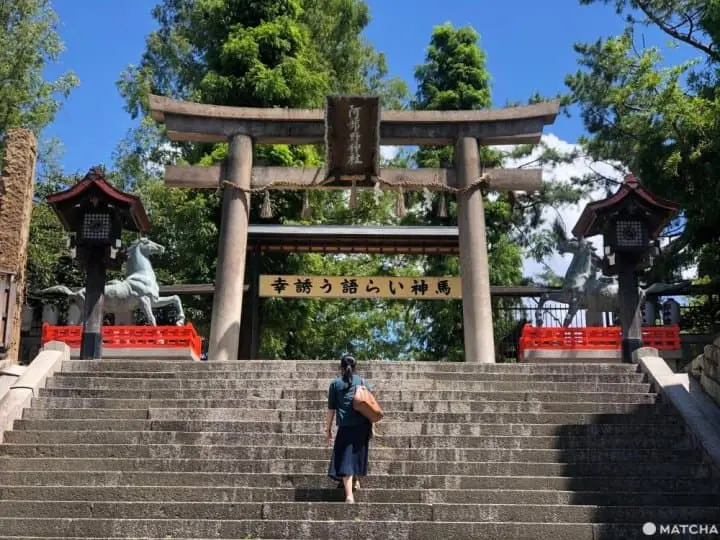
Abeno Shrine, located in Osaka's Abeno Ward, enshrines Akiie Kitabatake and his father, Chikafusa Kitabatake, who fought in various places during the Nanboku-cho Period in Japan. Chikafusa Kitabatake served as a close aide to Emperor Go-Daigo, while his son, Akiie Kitabatake, was highly educated. In his youth, Akiie enjoyed studying Sun Tzu's "Art of War," becoming a skilled and brave general. Unfortunately, he died in battle at the young age of 21.
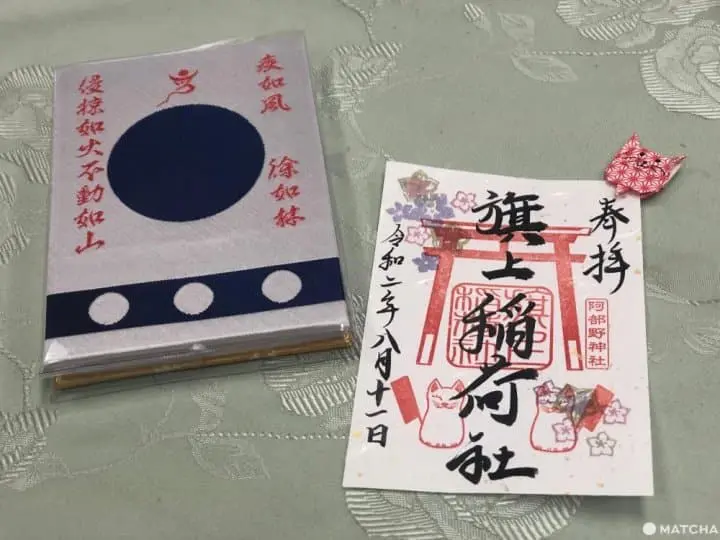
Hokotate Tadayoshi, later known as the "Flower General" by posterity, used the "Furin Kazan" (as quoted by Sun Tzu, "Swift as the Wind, Silent as a Forest, Fierce as Fire, and Immovable as a Mountain") as his battle standard during the campaign against Ashikaga Takauji. Takeda Shingen adopted the "Furin Kazan" as his battle standard in the later Sengoku Period. Therefore, you can see the design of the Furin Kazan as it was used at that time in the shrine.
In addition to the Furin Kazan battle standard, those who enjoy collecting Goshuin (temple and shrine seal stamps) should not miss the Goshuin at Abeno Shrine. The shrine releases different Goshuin designs monthly based on seasonal flowers, birds, and other themes. This will make each visit filled with excitement for Goshuin enthusiasts!
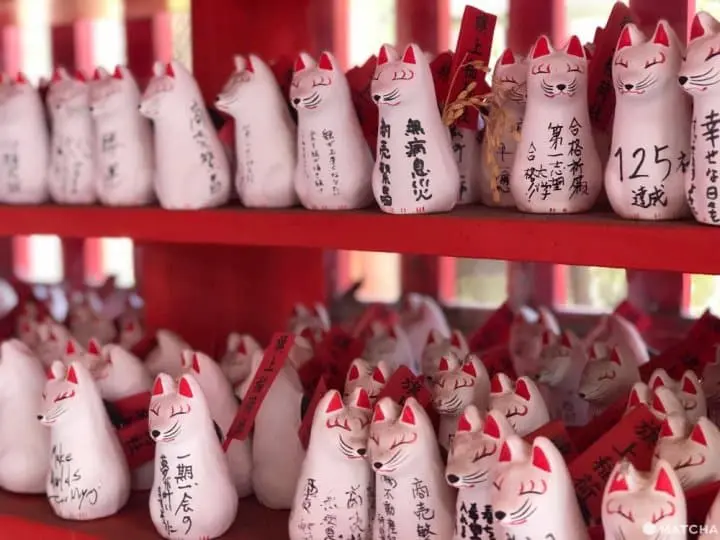
Next to the main hall of Abeno Shrine, there is also a Higashino Inari Shrine. Walking through the red torii gates and tunnel, you will see fox statues paired with the twelve zodiac signs. There's also the enshrined main deity who is believed to bring success to those in the performing arts. This attracts many dancers, choir members, and performers to come and visit!
Hotels near Abeno Shrine
3. Osaka Samuhara Shrine
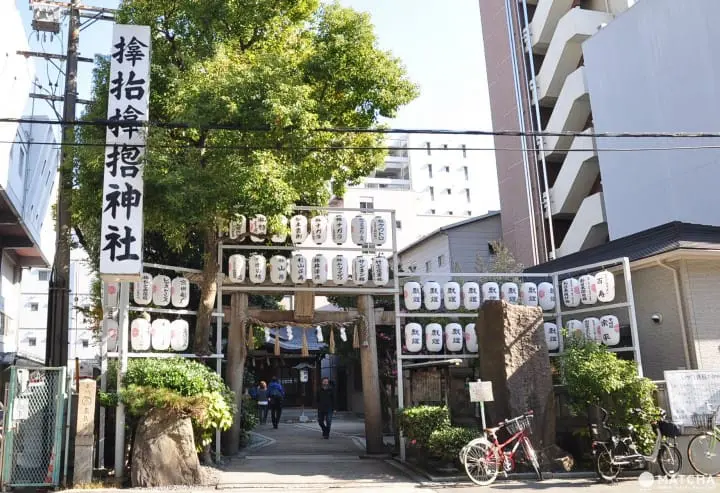
Located in Osaka's Nishi Ward, Samuhara Shrine is a small place of worship that attracts a continuous stream of worshippers. The main deities enshrined are Ameno-minakanushi no kami, Takamimusubi no kami, and Kamimusubi no kami, collectively known as the "Three Deities of Creation." Many visit to pray for longevity, getting rid of misfortune, good health, and overall well-being.
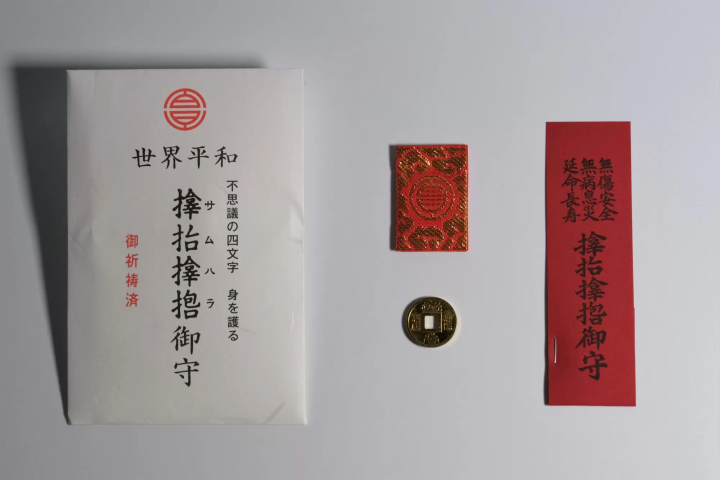
Picture courtesy of Pixta
Every month, there are several early mornings where you can see a long line of people waiting inside the shrine. It turns out that everyone is there for a ring-shaped amulet called "Mikanki." Legend has it that the four kanji characters for "Samuhara" possess a magical power to ward off all disasters. It is said that Toyotomi Hideyoshi also carved the characters for "Samuhara" on his sword. The Mikanki introduced at this shrine is inscribed with the same characters, earning its reputation as possessing a strong protective effect.
Since the distribution time for the handcrafted Mikanki cannot be accurately determined and is only distributed once or twice a month, it is considered the most difficult amulet to obtain in Japan. Moreover, you can only purchase one in a size that fits your finger. If you are fortunate enough to obtain the "Mikanki," it is said that many good things will unfold. Even though it is challenging to acquire, this amulet attracts many people from far away!
Don't be too disappointed if you can't purchase the Mikanki. You can also purchase other amulets within the shrine, such as the "Zeni-gata Hara-mamori." It is said that carrying this amulet with you can bring similar effects to the Mikanki.
Hotels near Samuhara Shrine
4. Umeda Tusyu-no-Tenjinja Shrine
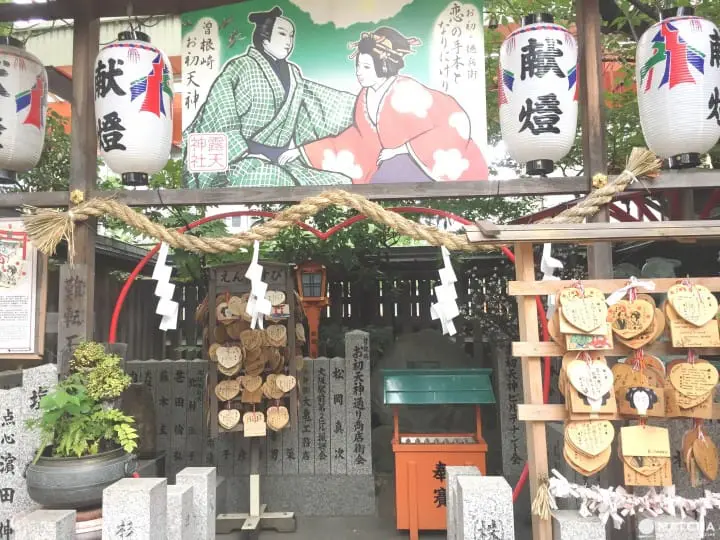
If you want to pray for improvements in your love life, consider visiting the Umeda Tusyu-no-Tenjinja Shrine. The shrine is located in the Sonezaki Ohatsutenjin-dori Shopping Street in Umeda, about a five-minute walk from Osaka Station.
With a history of over 1300 years, the Umeda Tusyu-no-Tenjinja Shrine enshrines Susanoo-no-Mikoto and Sugawara no Michizane. In its early days, it was regarded as a guardian shrine for the local area but later became well-known as a shrine for forging good relationships.
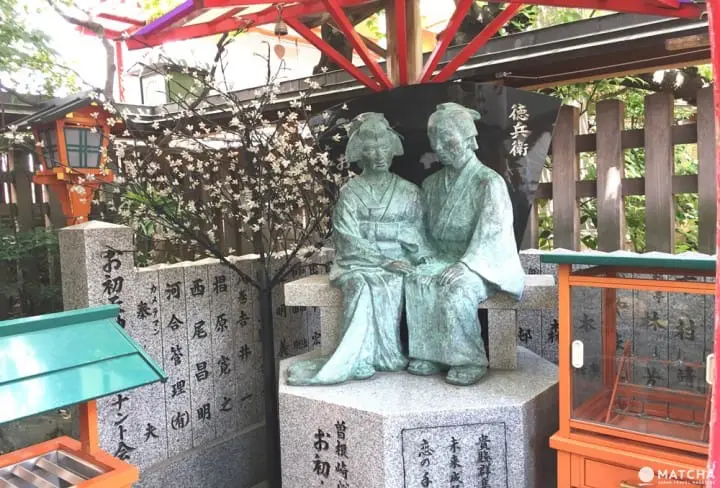
A poignant love story is passed down, recounting the tragic romance between a factory worker named Tokubei and a courtesan named Ohatsu. Despite their love, they faced opposition and chose to end their lives together. This heart-wrenching tale was rewritten by the Edo-Period playwright Chikamatsu Monzaemon. It was later adapted into traditional Japanese puppet theater ("joruri") and staged song and dance dramas. In the shrine, one can observe bronze statues of the couple, funded by later generations. Every year on April 7th, a memorial service for Ohatsu and Tokubei is held. Participants pray for their spirits to find happiness in the afterlife.
With this story symbolizing steadfast love, many people visit to offer prayers for the repose of Ohatsu and Tokubei, seeking to form good relationships and experience smooth romantic endeavors. In 2013, the open-air shrine was also designated as a sacred place for lovers.
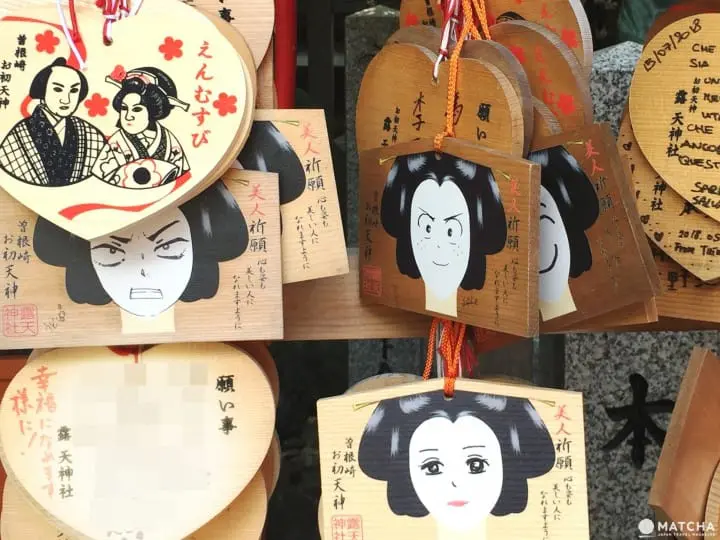
Inside the shrine, there is a votive tablet (ema) for the beauty prayer to Achi Tenjin. The text on the ema reads, "May my heart and appearance become beautiful." Individuals can draw expressions on the illustrated ema faces, praying for beauty both inside and out.
Hotels near Tusyu-no-Tenjinja Shrine
5. Namba Yasaka Shrine
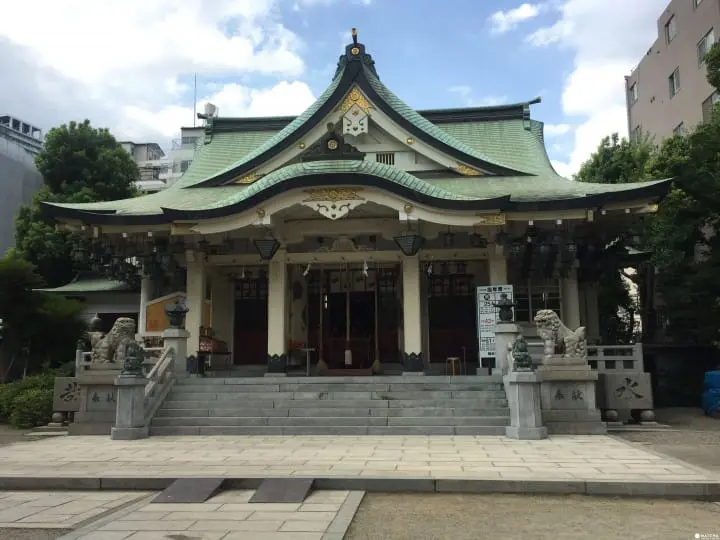
The founding date of Namba Yasaka Shrine is uncertain. Since ancient times, however, it has been known by locals as the "Namba Shimo no Miya," serving as the guardian deity of the Namba area. Originally dedicated to Gion Goryo Tenno, due to the Shinto-Buddhist separation during the Meiji Restoration, it transformed into a dedicated Shinto shrine. The current main hall was constructed in 1974 and primarily enshrines Susanoo-no-Mikoto, Kushiinadahime-no-Mikoto, and Yahashira-no-Mikogami.
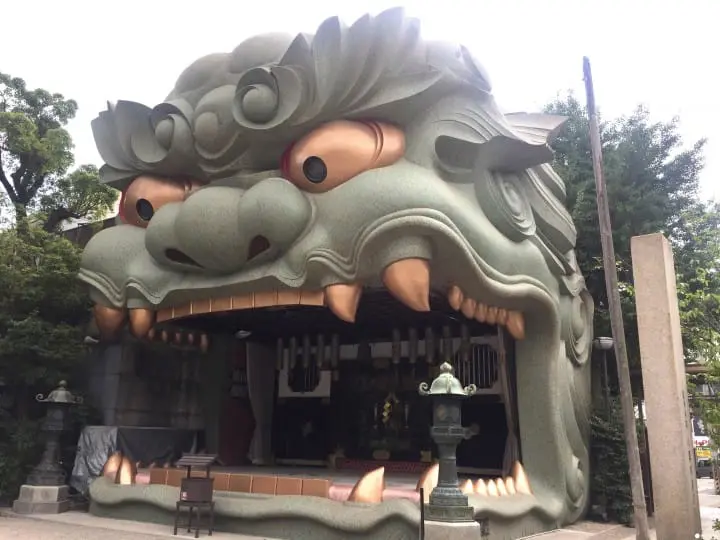
The renowned Lion Hall within the precincts was also constructed in the same year as the main hall. Approaching the Lion Hall and seeing the majestic giant lion in front of you will undoubtedly stop you in your tracks to gaze in awe. According to legend, this lion with a wide-open mouth as if ready to swallow a person can absorb misfortune and bring good luck to those seeking protection. With a mouth full of golden teeth, the lion's open posture resembles a triumphant shout, attracting many people to come and pray for academic success, prosperous business, smooth job placement, and more!
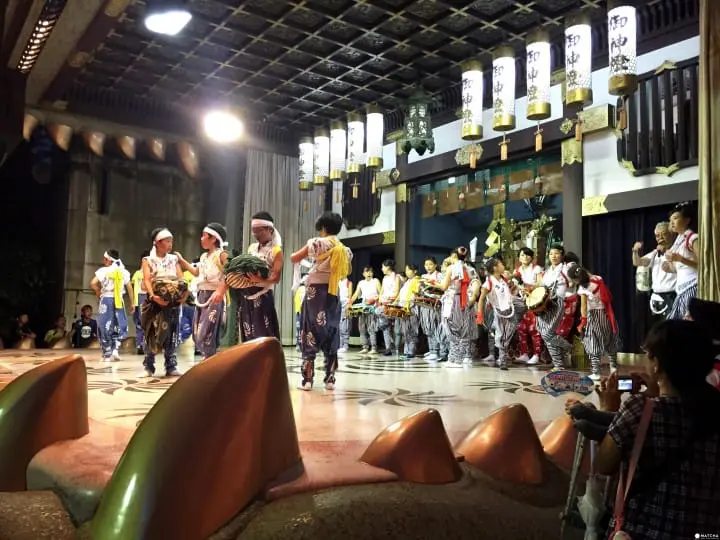
There are hidden mysteries in the facial features of the lion. The eyes are equipped with lighting devices, and the nose serves as a sound system. During the Namba Summer Festival Eve and the main festival held annually on July 13 and 14, the Lion Hall becomes the best stage. In the night, the eyes emit a sharp and compelling light. People on stage perform traditional dances and lion dances, creating a lively atmosphere that sets the night in Namba apart from the usual.
Hotels near Namba Yasaka Shrine
6. Iwafune Shrine

Picture courtesy of Pixta
Upon entering Iwafune Shrine in the northeastern part of Osaka in Katsuragi City, you will encounter impressively large stones. Particularly noteworthy is the boat-shaped massive rock known as the "Teniwasen," which stands 12 meters high and 12 meters wide. This stone is revered as the sacred body of the deity enshrined in the shrine. In Japanese mythology, the deity Yawata no Kami, one of the Shinto gods, descended to Iwafune. The place where it descended became a sacred area, presently Iwafune Shrine.
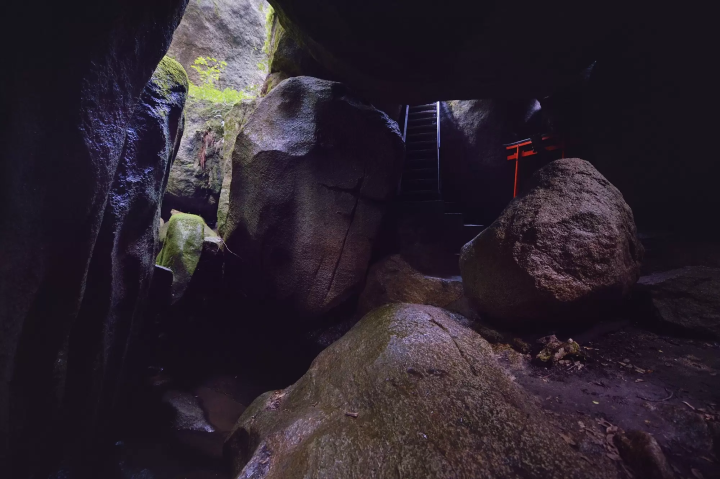
Picture courtesy of Pixta
Since ancient times, Iwafune Shrine has been regarded as a place for ascetic training, with many caves formed by huge rocks within the shrine. Practitioners must carefully navigate through narrow caves or walk on rugged stone surfaces.
The shrine is now open to the public for worship, and visitors can experience the Iwafune Pilgrimage, a journey of about 15 minutes. You'll walk among several huge rocks, feeling the mysterious energy from nature. However, it is important to note that the pilgrimage route is not easy to walk. Please remember to wear comfortable shoes, adhere to the regulations, follow the directional signs, and prioritize safety during this activity.
7. Toyokuni Shrine
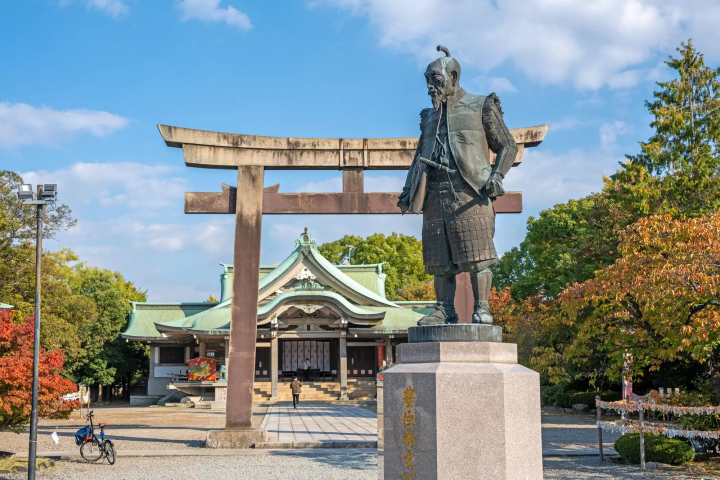
Photo by Pixta
Osaka Castle is a popular attraction, and you'll find Toyokuni Shrine within the castle grounds. It is primarily dedicated to Toyotomi Hideyoshi, as well as his son Toyotomi Hideyori and his brother Toyotomi Hidenaga. After paying your respects, don't forget to take a photo with the statue of Toyotomi Hideyoshi. The current statue in the shrine was crafted by the renowned Japanese sculptor Shinya Nakamura, delicately capturing the imposing figure of the feudal lord.
Since Toyotomi Hideyoshi was originally of common birth but rose to become one of the three unifiers of the Sengoku (Warring States) Period, he is considered a historical hero. Many people visit Toyokuni Shrine to pray for victory, good fortune, and success in their endeavors. Due to the story of Toyotomi Hideyoshi and the thousand-fold gourd, the shrine also sells items like the "Shusse Hyotan" (success gourd) and golden gourd-shaped amulets. Visitors often purchase these to achieve success and prominence in their own lives, much like Toyotomi Hideyoshi.
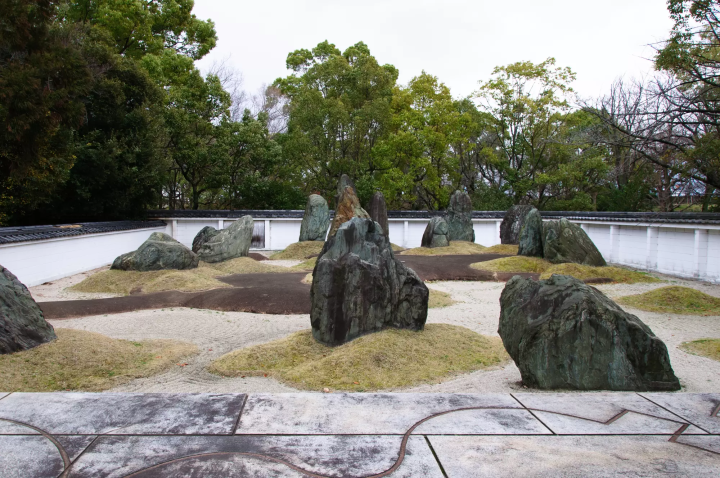
Photo by Pixta
Within the precincts, there is also a Japanese garden worth visiting called Shuiseki-tei, as well as Wakaei Shrine (bestowing blessings to prevent fire disasters at home). There's also Hakugyoku Shrine (blessings for a bountiful harvest and prosperous business), and Tanabata Shrine (blessings for smooth production, good relationships, and success in the entertainment industry).
Hotels near Osaka Castle Toyokuni Shrine
8. Abe no Seimei Shrine
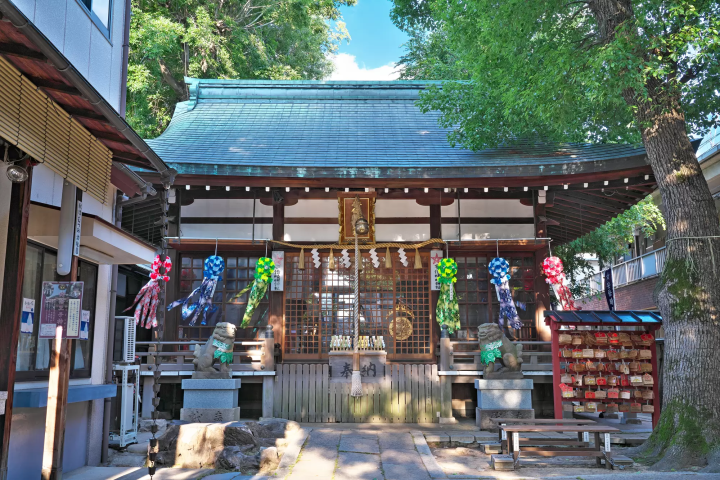
Picture courtesy of Pixta
Abe no Seimei Shrine is located in Osaka's Abeno Ward and is dedicated to the astronomer Abe no Seimei from Japan's Heian Period. It is said that Abe no Seimei was able to predict the future and assess fortune and misfortune by observing celestial movements and changes in the stars. He gained reliance from the imperial court and became a respected onmyoji (yin-yang master).
In addition to the more well-known Seimei Shrine in Kyoto, Osaka's Abe no Seimei Shrine is built on the residence where Abe no Seimei once lived. It is said that the spacious shrine's grounds were significantly reduced in size due to wartime destruction.
Some people believe they can ward off danger and heal illnesses after paying respects at the Abe no Seimei Shrine. In recent years, the fame of onmyoji Abe no Seimei has spread widely due to literary works, manga, and movies. Therefore, although Abe no Seimei Shrine is not large in scale, it still attracts many people seeking exorcisms and protection from evil spirits.
Hotels near Abe no Seimei Shrine (Osaka)
9. Imamiya Ebisu Shrine
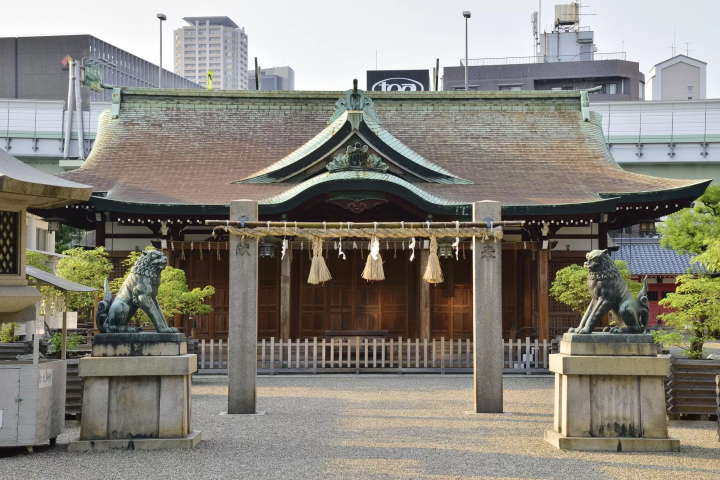
Picture courtesy of Pixta
Imamiya Ebisu Shrine, located in Osaka's Naniwa Ward, is dedicated to Ebisu, one of the Seven Lucky Gods in Osaka. Known as the deity Ebisu, he is commonly depicted holding a sea bream in his left hand and a fishing rod in his right. Originally considered a guardian deity of the fishing industry, Ebisu later was considered a god overseeing commerce. With the changing times and increasing prosperity of Osaka, many people visit Imamiya Ebisu Shrine to pray for thriving businesses. The shrine remains relied upon by many to this day.
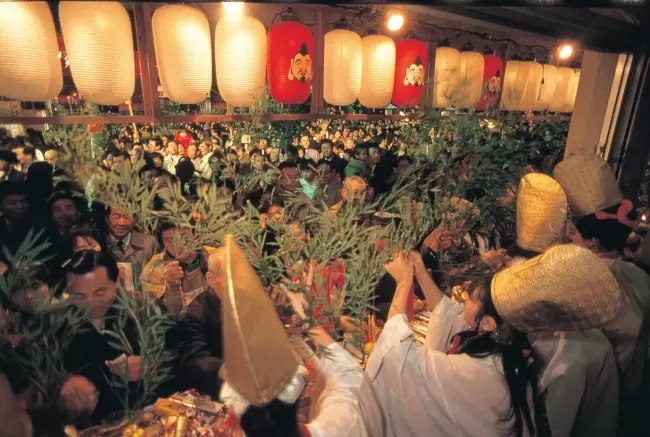
Picture courtesy of PR TIMES
Every year in January, Imamiya Ebisu Shrine holds the "Juni-Ebisu" festival for three days, attracting a large number of worshipers to participate in the grand event. Young women selected each year as "Fukumusume" (lucky daughters) will adorn worshipers with "Fuku-sasa," a decoration symbolizing luck and prosperity. Additionally, there is a traditional parade called "Houeigyoretsu," and the ritual of "Kenmedai Gyoji," praying for a bountiful harvest and prosperous business.
Hotels near Imamiya Ebisu Shrine
10. Horikoshi Shrine
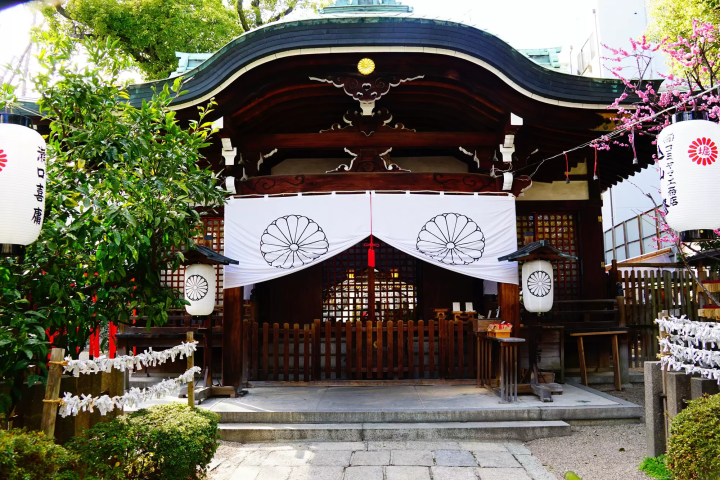
Picture courtesy of Pixta
Horikoshi Shrine was established by Prince Shotoku during the same period as Shitenno-ji Temple, serving as one of the seven outer shrines to protect the temple. In the past, there was a beautiful moat on the south side of the shrine. Because worshippers had to cross the moat during visits, the name "Horikoshi" (meaning "beyond the moat") was given.
There is an ancient legend about Horikoshi Shrine that has been passed down among locals in Osaka: "The deity of Horikoshi will help fulfill a once-in-a-lifetime wish." Since this wish can only be made once in a lifetime, people can't help but be more cautious when praying.
The shrine also offers amulets such as "Kachimamori" for victory, "Momomamori" for warding off evil and disasters, and the most famous "Hitoyume Kigan" (requires reservation). Visitors can write down a lifelong wish on a strip of paper, place it in a charm bag (omamori-bukuro), and carefully carry the bag. There is a chance that the wish may come true in the future.
Hotels near Horikoshi Shrine
In Conclusion
After reading the list of Osaka shrines above, which ones would you like to visit first? Many of these shrines are located near tourist attractions, so it might be a good idea to include them in your itinerary. Not only can you take the opportunity to experience Japanese culture, but you might have the chance to have your wishes heard by the deities and bring some good luck with your prayers!
Hailing from Taichung, Taiwan, this woman's eyes light up at the mention of food. Having experienced incredible moments in Japan, she now resides in the Southern Hemisphere, using images and words to record precious memories and discoveries from her travels. She is the author of "Japan, Slow Travel: Encountering Mountain Cities, Floral Seasons, Islands, Seafood, Street Scenes, and Everyday Life, 2190X Seasonal Poems".







![[Osaka] First visit of the year to the popular power spot, Sumiyoshi Taisha Shrine](https://resources.matcha-jp.com/resize/200x2000/2023/11/26-153905.webp)

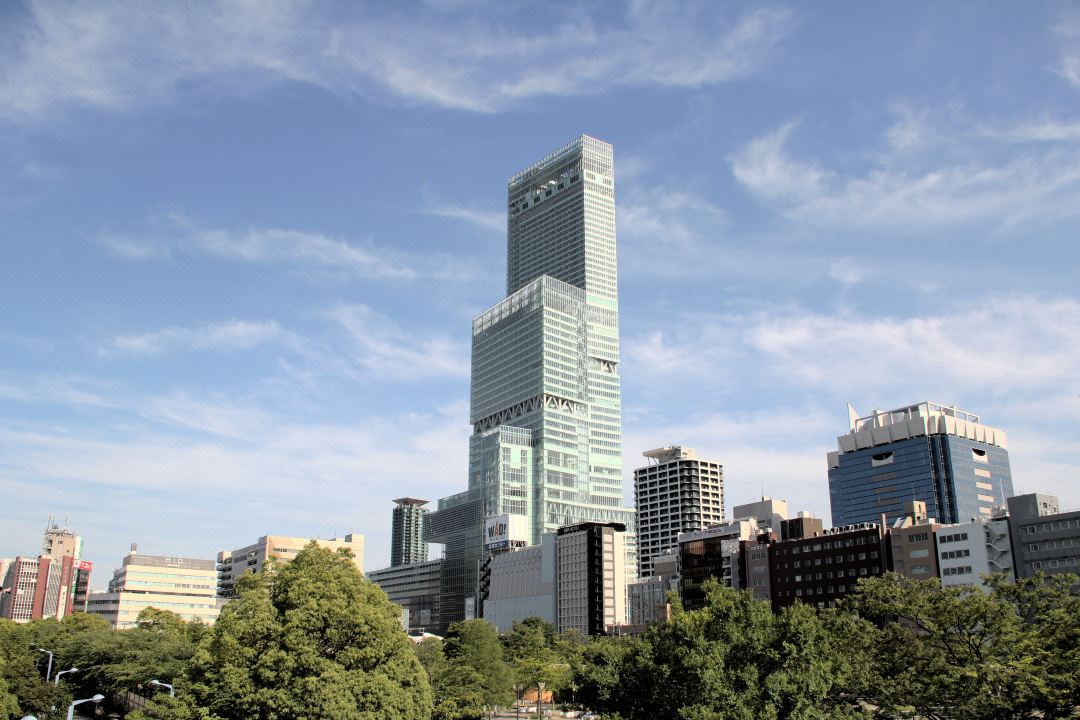
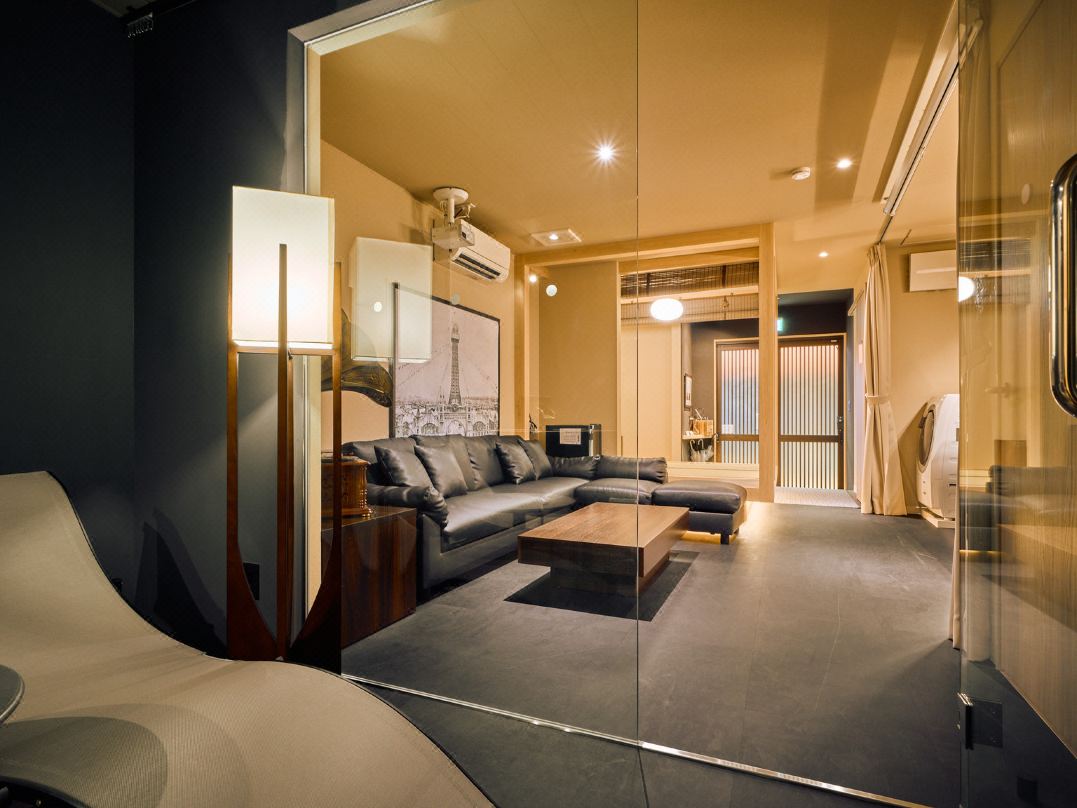
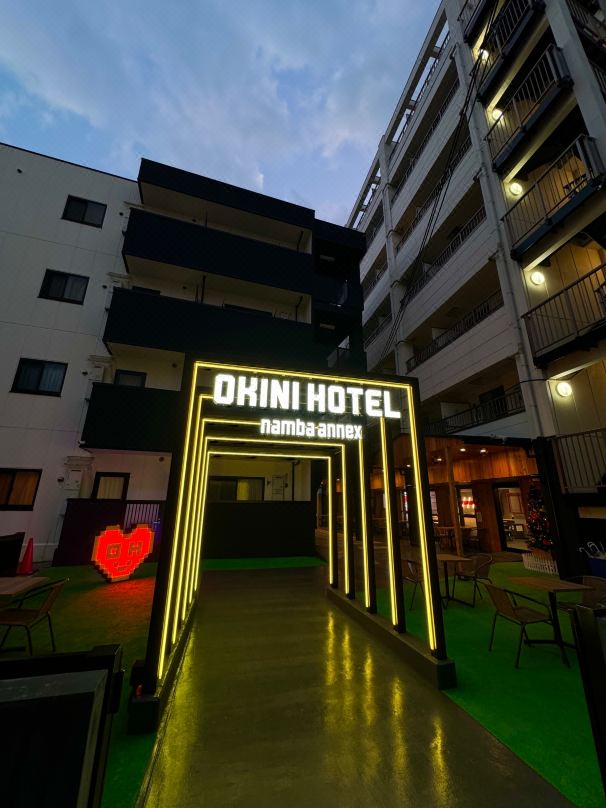



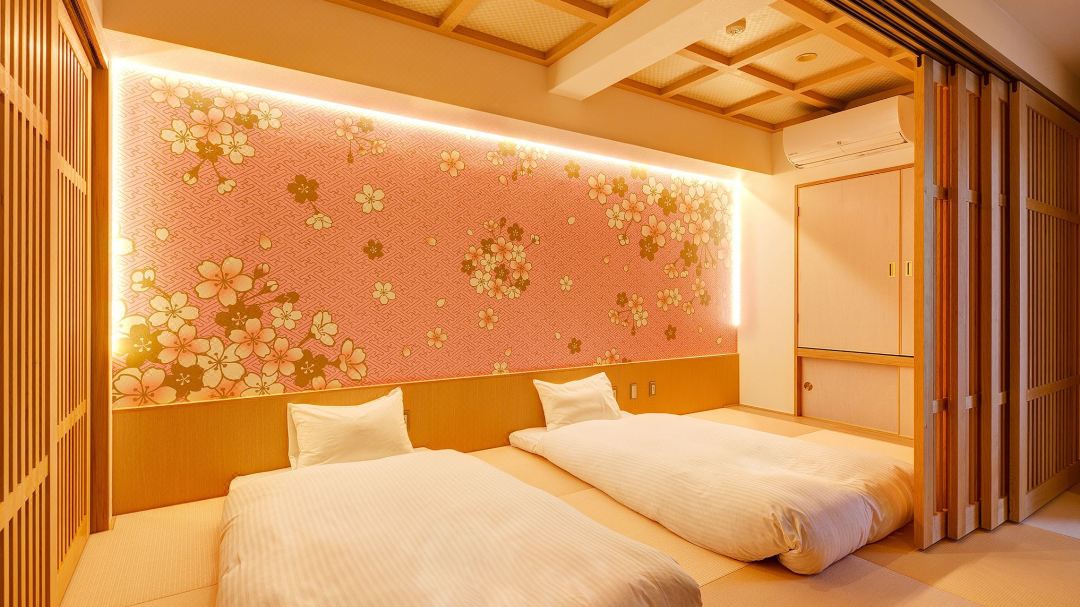




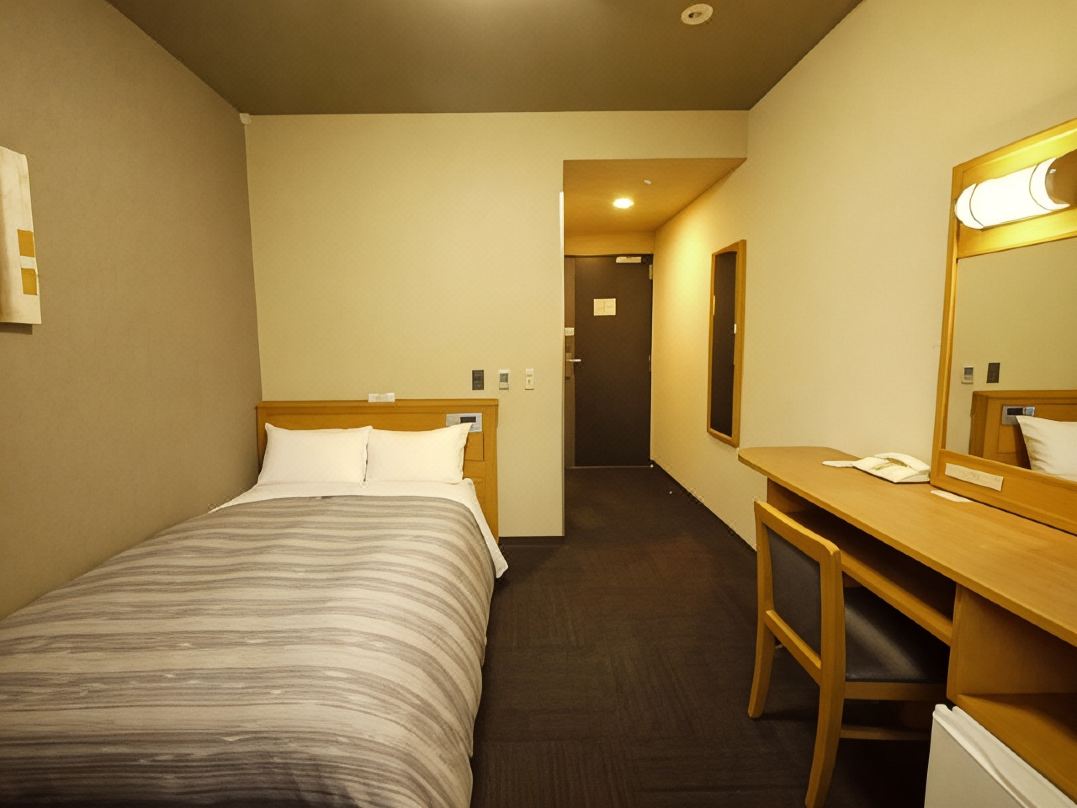
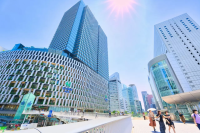

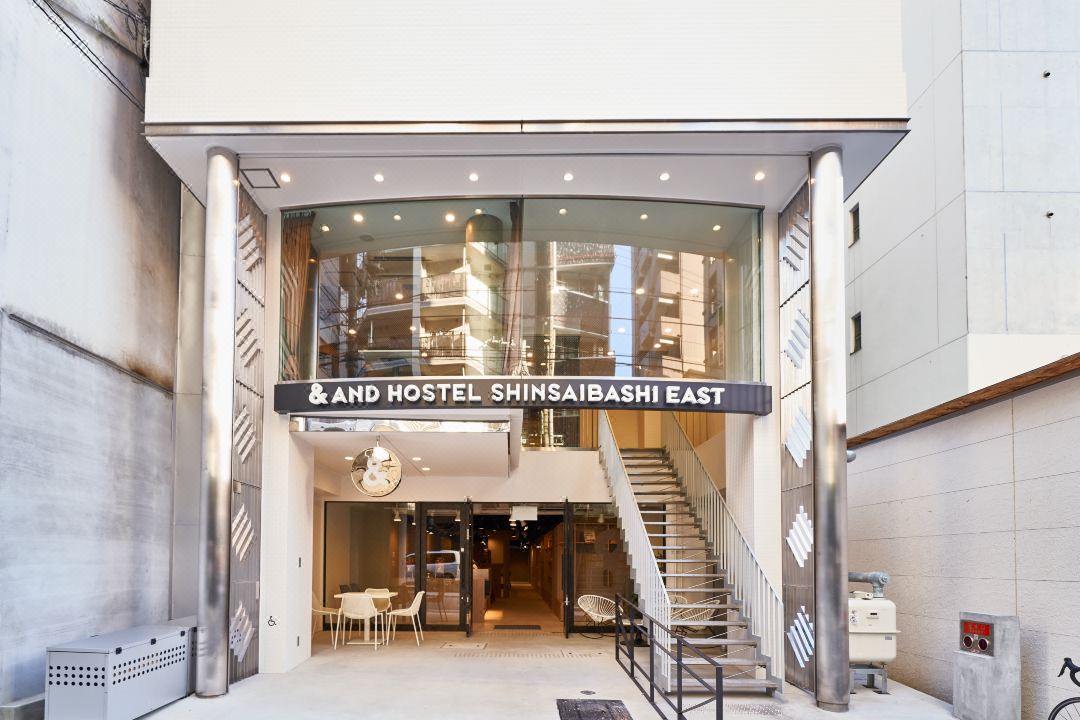
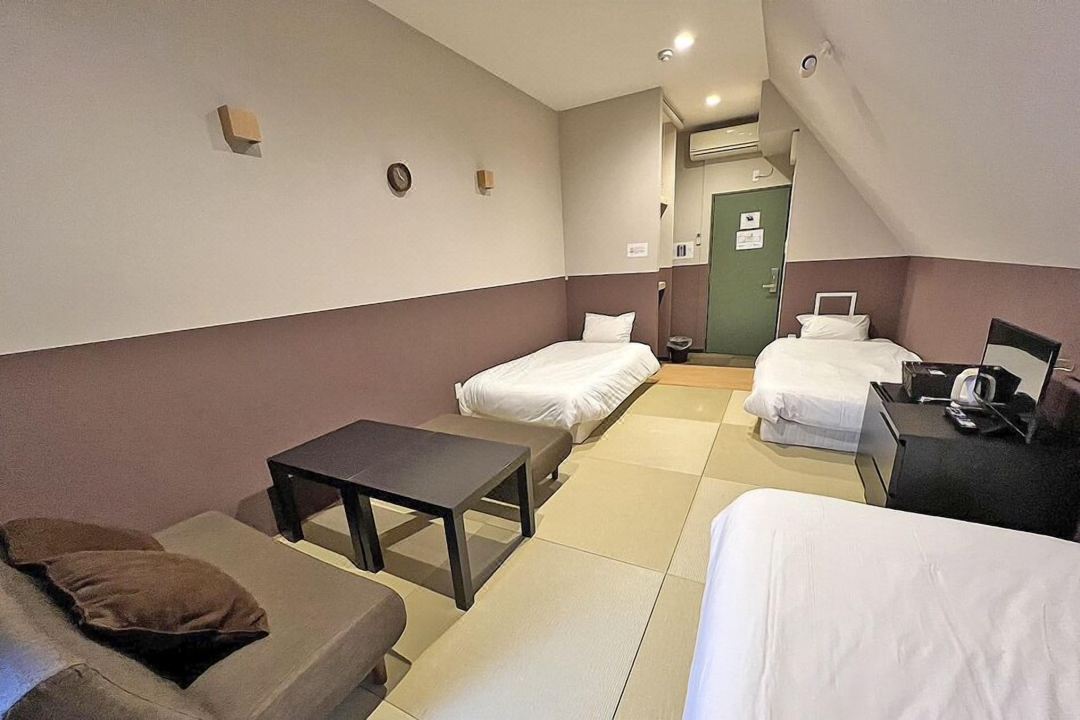



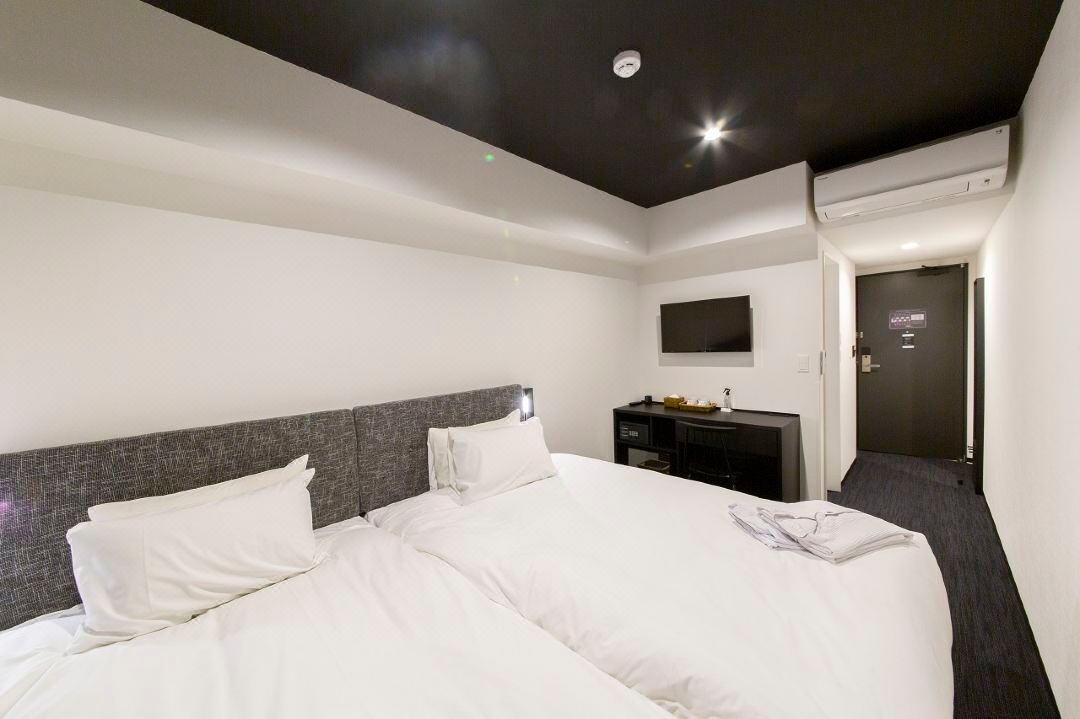

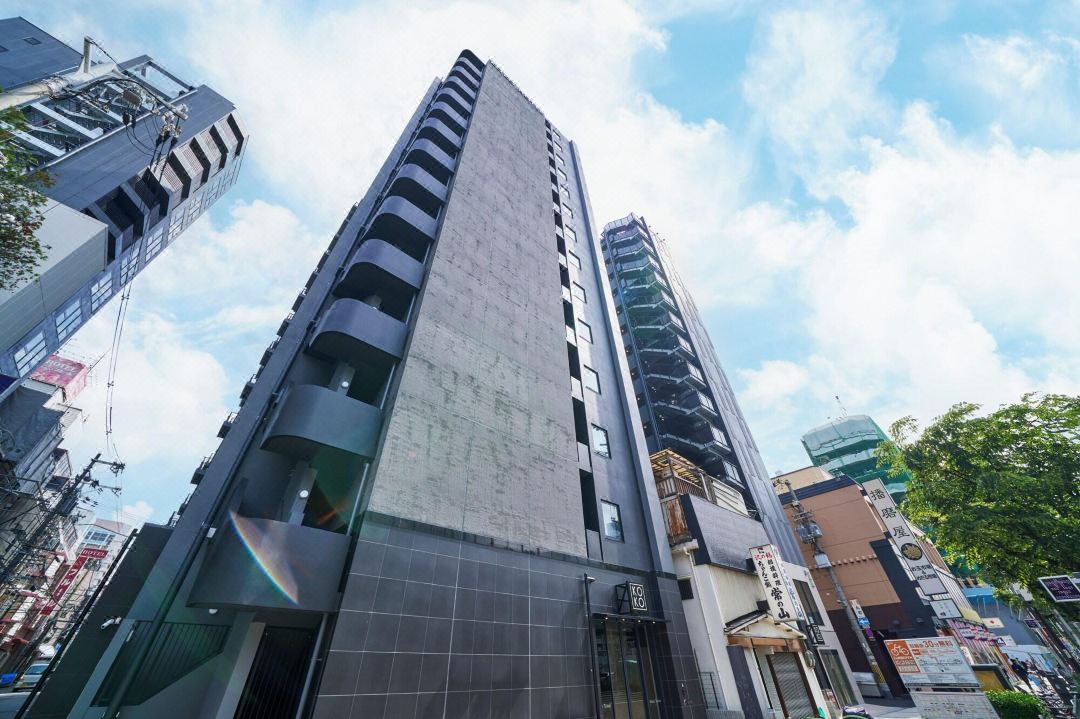

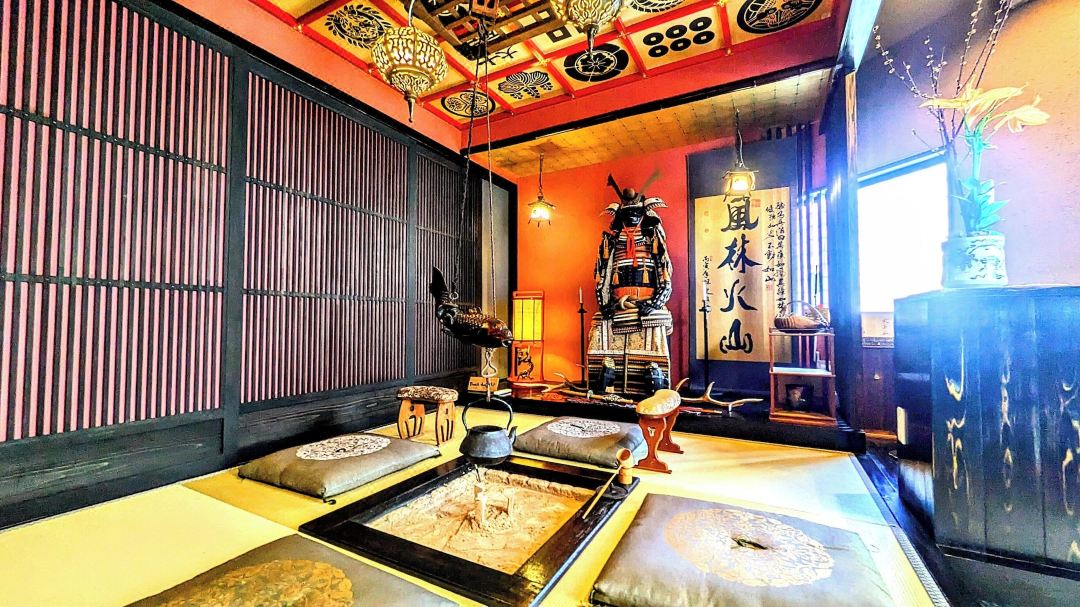
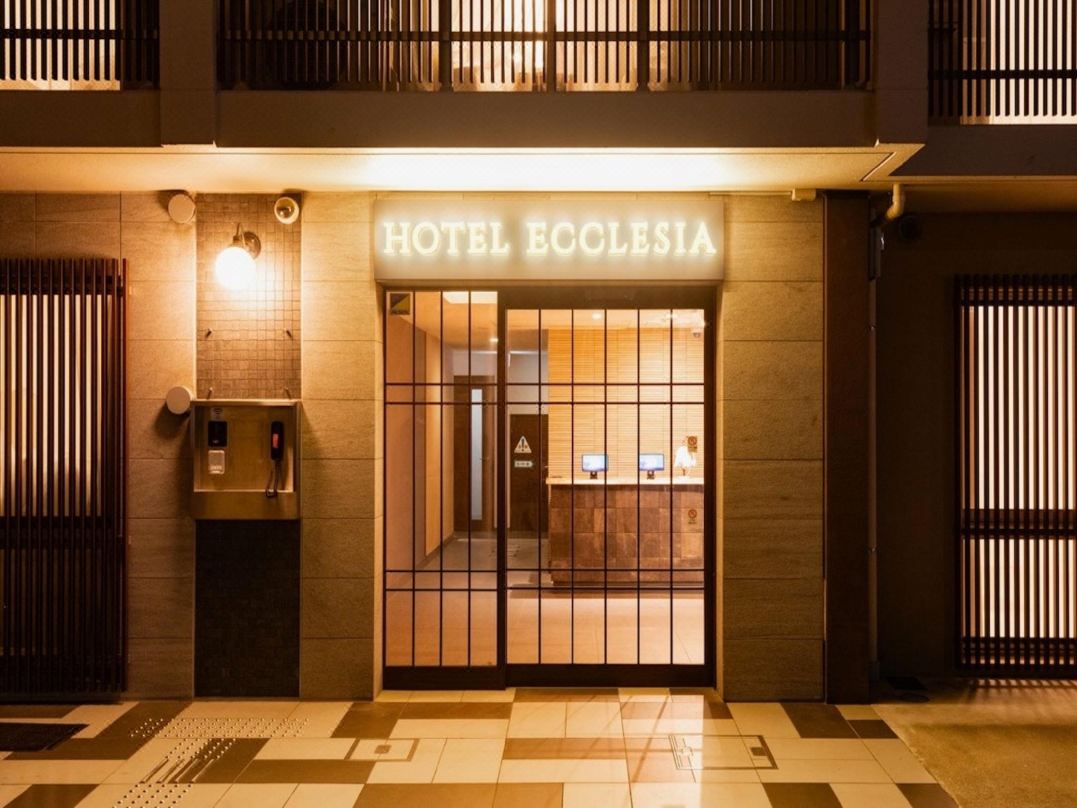
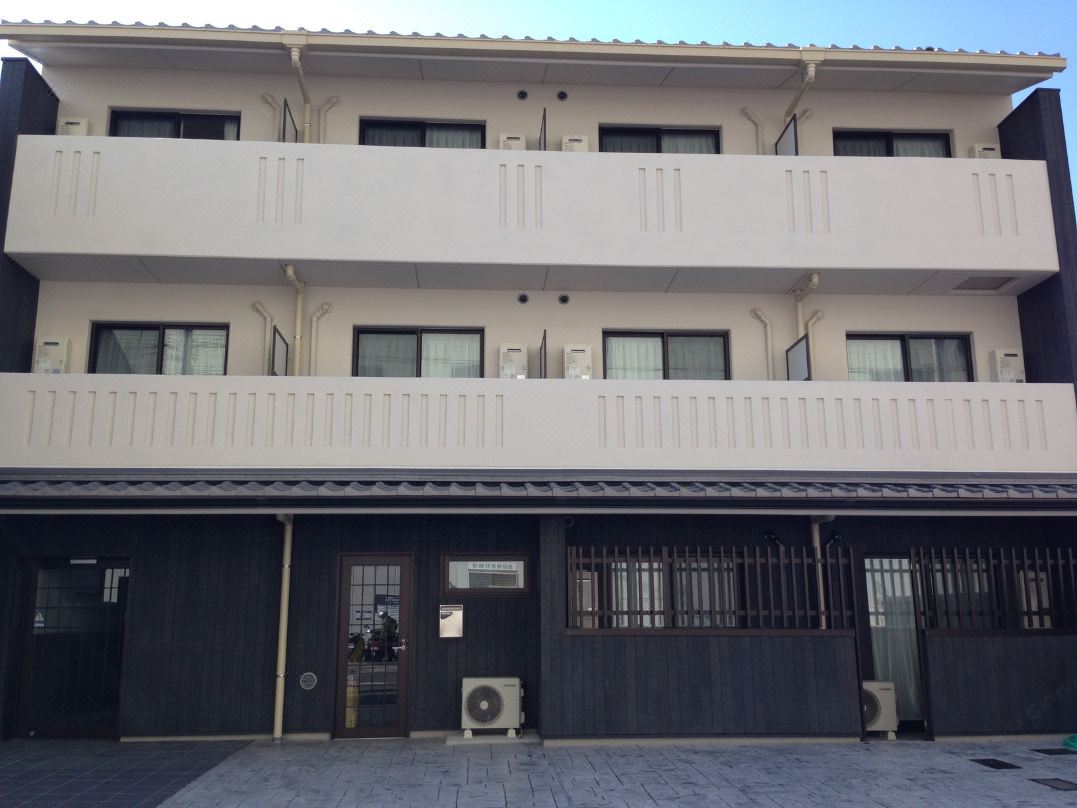

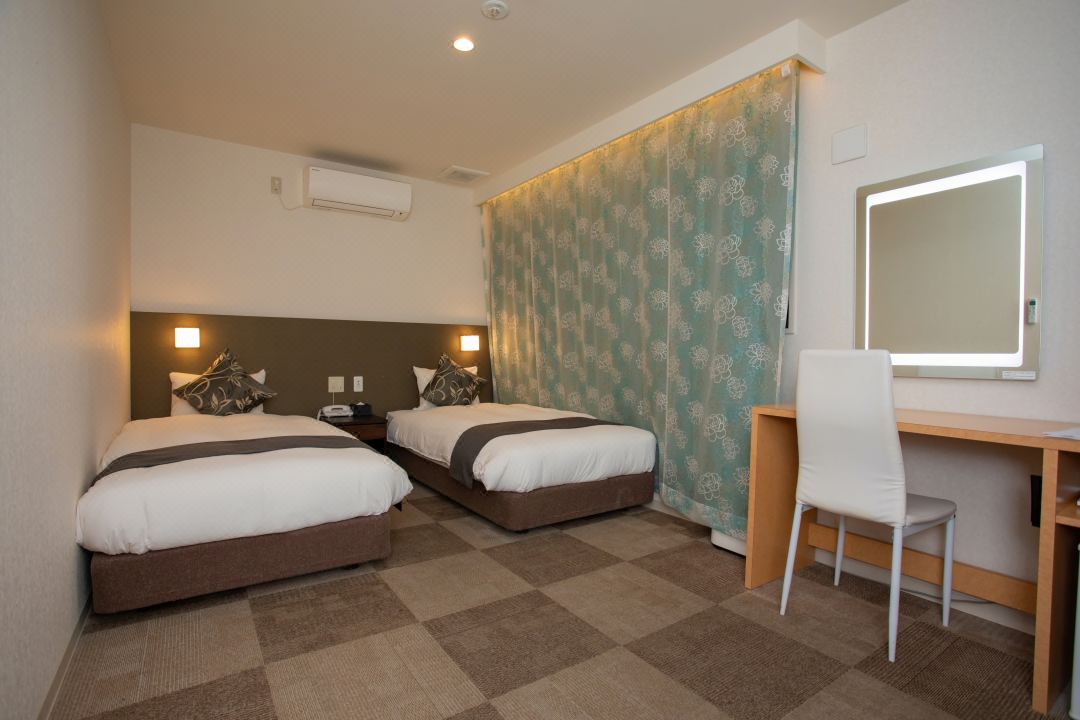
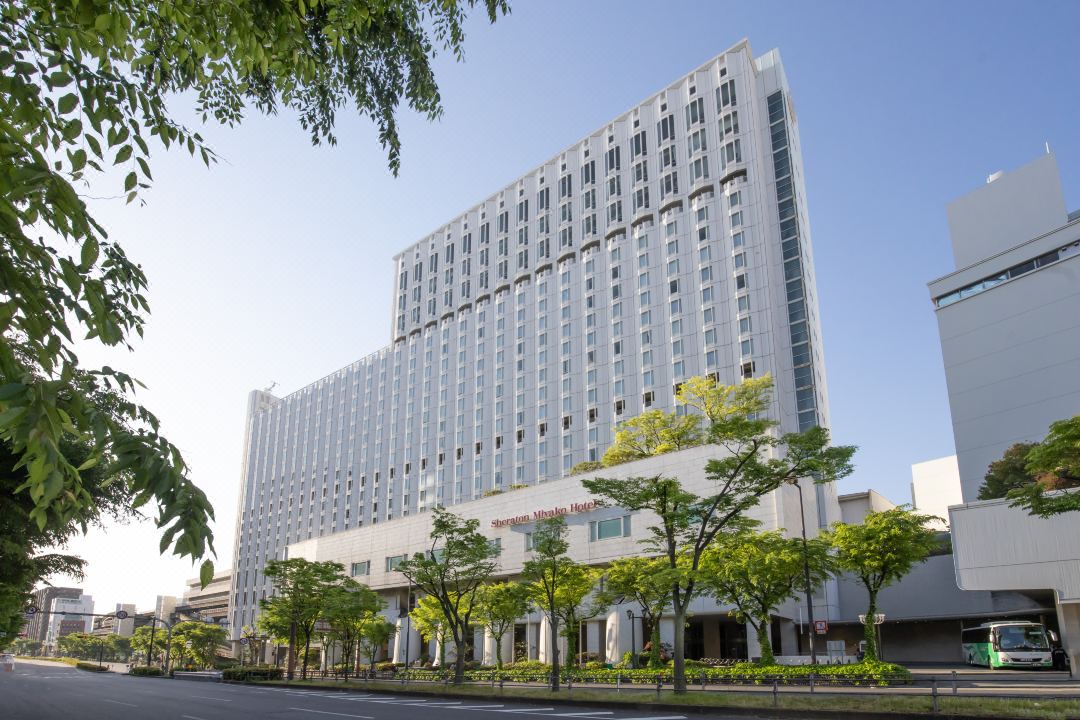
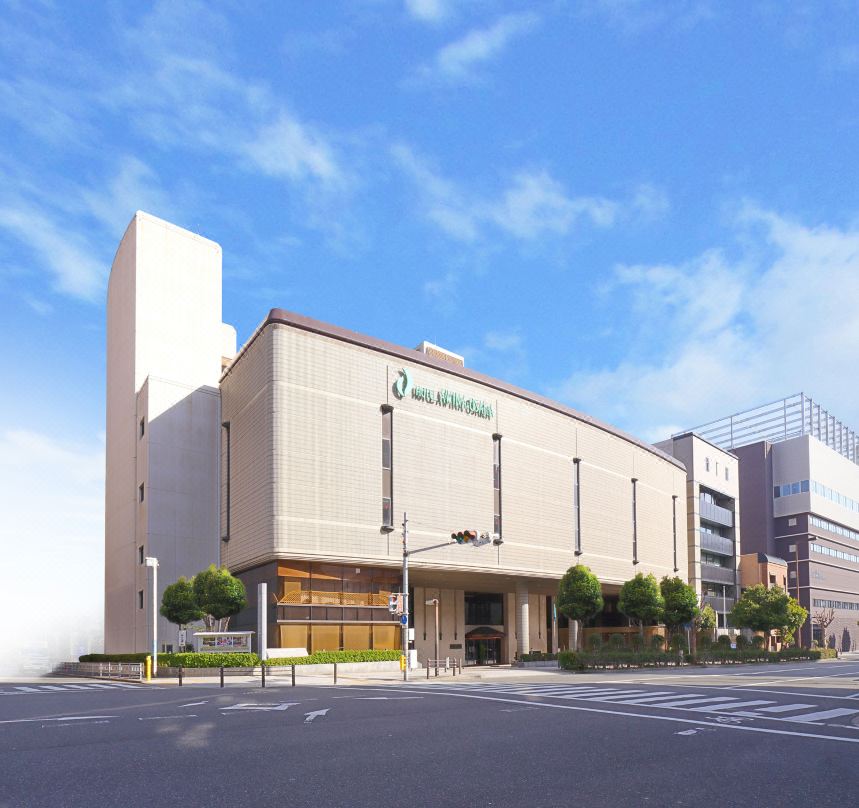



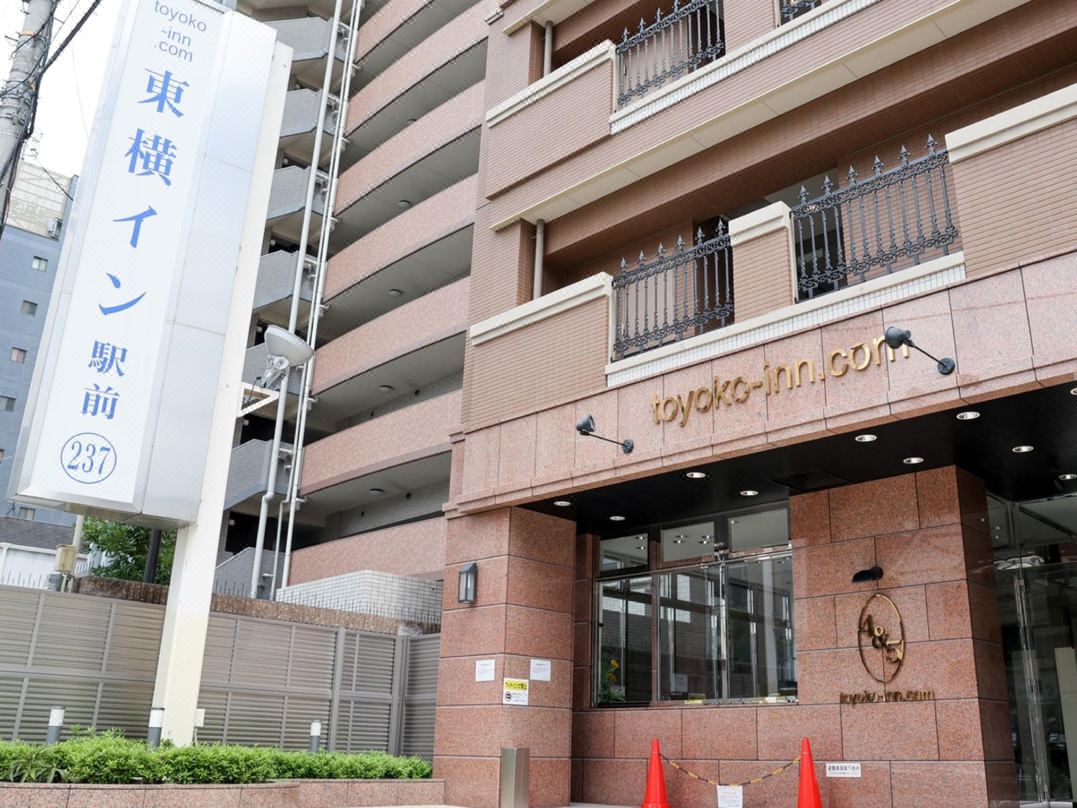






























![[2026] Top 5 Strawberry Picking Spots in Tokushima, Naruto| Farms and Access Guide for January to May](https://resources.matcha-jp.com/resize/720x2000/2025/03/06-227165.webp)



